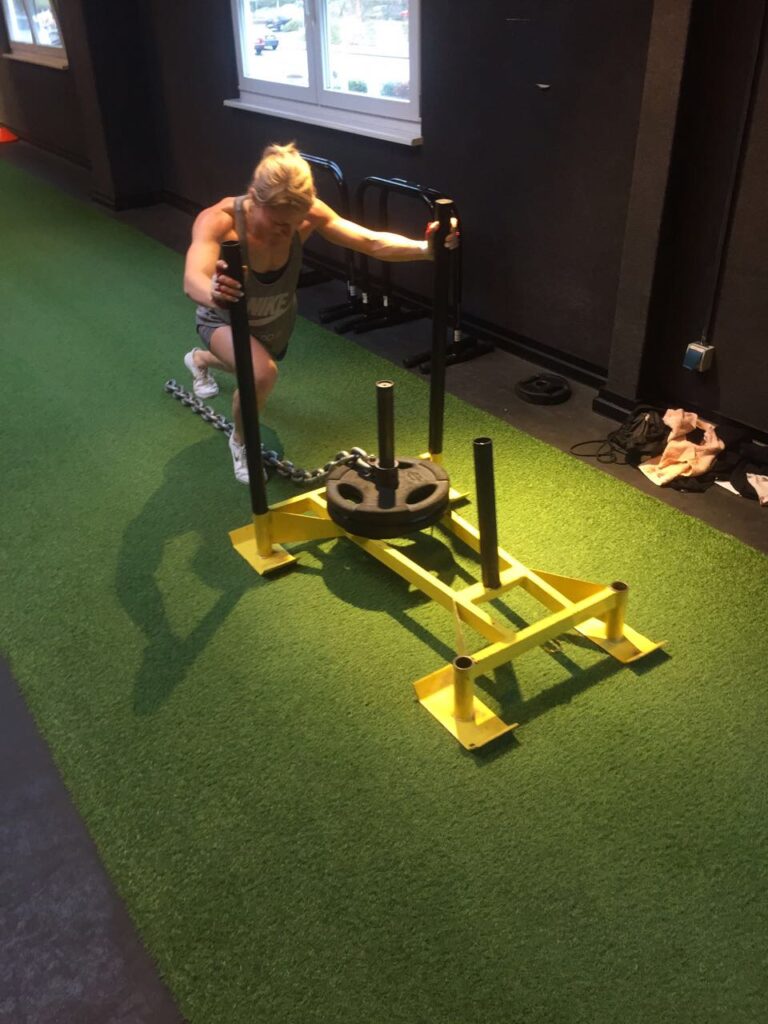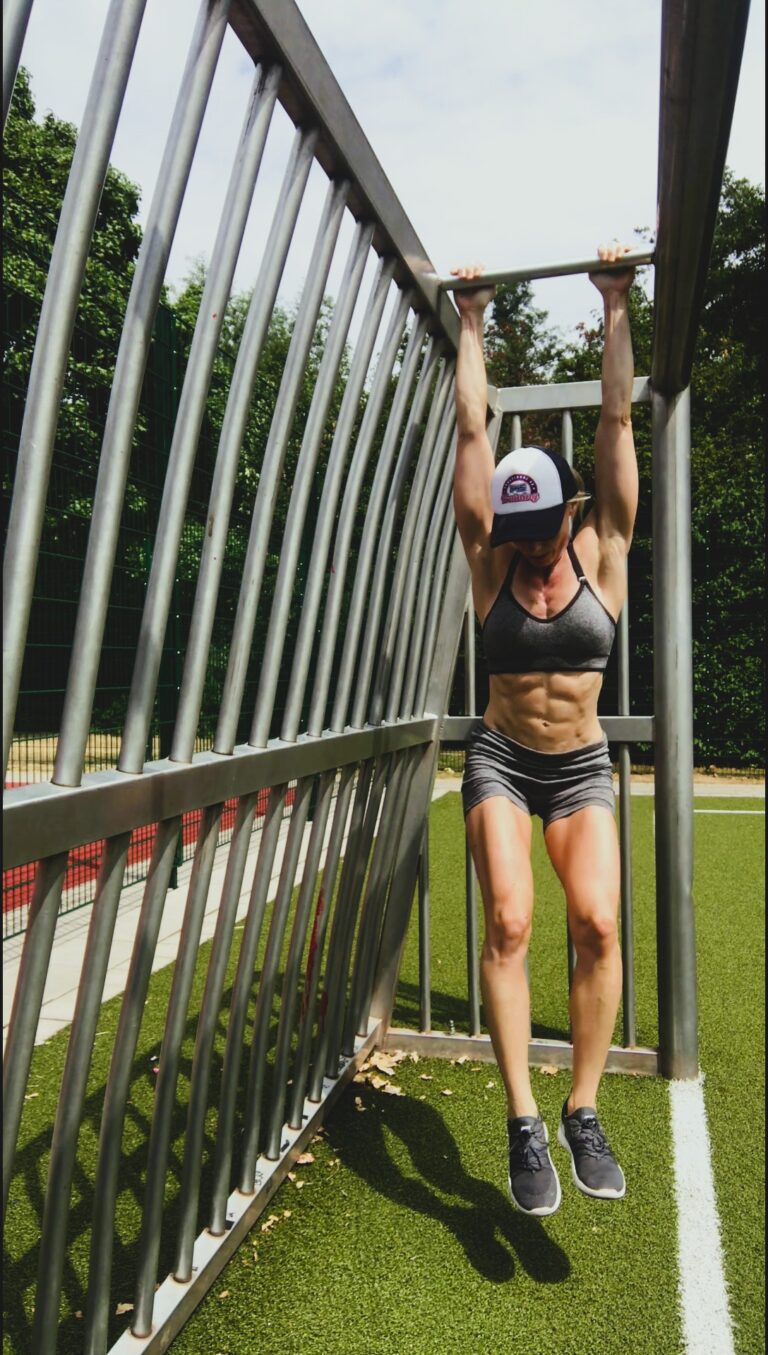11 Workout Hacks for Body Recomposition and an Athletic Look
Body recomposition aims to loose fat and build muscle at the same time. Goal is to achieve that shredded, athletic look. Someone with no or little previous weightlifting experience can quickly build muscle and strength while loosing fat at the same time sometimes. But progress becomes harder over time when the body adapts to the workout stimulus.
In an early age of 22, I suffered from a slipped disc which forced me into an intensive rehabilitation program. This is what got me into weight lifting. I loved the way my body transformed within just a few weeks and months. I never stopped working out, but in my late twenties my body adapted to the workout intensity. Progress stalled.
Beginning of my 30s, I finally realized that I couldn’t out-train a bad diet. Changing my nutrition was for sure the biggest contributor of improving my body composition. It helped me to loose some fat which started to creep up.
However, it wasn’t until I completely changed the way I worked out, when I finally could see and feel a difference. Let me share with you what I did differently and what finally worked out. Please note, that these are some advanced techniques I would not recommend to any beginner. A solid foundation and experience in strength training is strongly recommended.
1. Focus on the 6 Big Compound Lifts
Scrolling through Instagram gives you a platter of different exercise variations. While many have their specific benefits, focusing on these 6 big compound lifts was key for me. Let’s keep it simple and focus on the basics!
- Deadlift
- Hip Thrusts
- Squat
- Shoulder Press
- Bench Press
- Pull-ups
That said, I almost completely switched to using free weights rather than machines. That is because in life, muscles barely function that isolated. In addition, stabilizer muscles are much more engaged. I had a strong foundation of weight training, so it was easy to switch to the bar, barbell and dumbbell. For the majority I perform most exercises in a standing position rather than in a seated position. I still add some accessory, single-joint exercises here and there. I specifically target smaller muscles by doing e.g. biceps curls, triceps extensions, DB side lateral raises and face pulls.
2. Heavy Lifts/ Progressive Overload
I used to always stay within the 8-15 rep range. It wasn’t until I incorporated heavy weights in the 3-6 rep range when I actually saw improvements in my strength, but also physique. By applying concepts of progressive overload, we are forcing our body to adapt. So make sure to put in the effort and challenge yourself to do better every workout.
3. Time under Tension
In the past I never paid attention how much time I spent doing my 12 reps. I simply counted and a set was complete. Later on I realized, that I was way too fast. A big difference to my workout and physique happened, when I focused on a set of about 45 sec under tension. Here are some ideas on how to achieve that:
- Performing the exercise with steady slow movements.
- Incorporating 3-5sec isometric holds.
- Targeting 3-5sec eccentric lowering on each rep.
4. Explosive Strength Exercises
Adding explosive movements to my workout, helped tremendously developing agility and overall athletic performance. Here are some typical explosive strength exercises:
- Jumps and Hops (e.g. Single Leg Jump, Jump over Barrier, Squat jumps, Lateral Barrier Hop, Skip)
- Box Drills (e.g. Single-Leg Push-off, Squat Box Jump, Lateral Box Jump)
- Throws (e.g. Overhead Throw or Chest Pass with medicine ball)
- Plyometric pushups.
I also like to add 5-10 reps of explosive movements directly after performing a heavy lift in the 3rep range. For example, I perform squat jumps after a heavy deadlift or squat exercise. This technique is also known as contrast training.
5. Unilateral and Bilateral Exercises
Every workout I do a mix of unilateral and bilateral exercises. Unilateral training such as Lunges, step-ups, single leg squat reduces bilateral asymmetries. They also engage more of the stabilizing muscles. Bilateral exercises are great for heavy lifting.
6. Agility and Speed Training
Once a week I design a workout focusing on agility and speed. I work on different sprint type of drills focusing on acceleration, deceleration, uphill/downhill running, lateral shuffling, sudden change of direction drills. I love these drills to complete exhaustion and prefer them compared to a steady pace run. I sometimes also incorporate a soccer ball in these drills to add another challenge.
7. Nontraditional Training Methods
In the past I solely focused on typical resistance training using machines and weights you can find in a traditional gym. Adding additional variety to the conventional strength training was another game changer. I added strongman exercises such as tire flipping, farmer’s walk, sled pull/push or kettlebell swings. I also like to add exercises using battle ropes, sand bags, slam balls or throw in some kickboxing moves. These exercises are great for conditioning and make training much more fun and interesting.

8. Ab Training
Making the abs visible, is primarily a question of nutrition and bodyfat percentage. However, there are some fundamental exercises which are critical to build strong ab muscles. I started to follow a specific sequence of specific ab exercises which I include in every workout routine. I train my abs 4-5 times a week for about 5-8 Minutes at the end of the training. Check out my Ab-Routine post to find out more.
9. Daily Steps
Working a sedentary 9-5 job is for sure a struggle to ensure movement throughout the day. In the past I barely made 3000 steps at the end of the day. Now, whenever possible I try to incorporate walks with my dogs in the morning, around lunch time and in the evenings as my schedule and weather allow. In general, I take the stairs or park farther away at the store.
10. Warm-up
Focusing on an entire body warm-up was another key parameter which changed my overall performance. I focus on two parts:
- General warm-up for 5-10minutes such as jogging, skipping or cycling to increase my heart rate, blood low and muscle temperature.
- Specific warm-up to incorporate movements specific to the planned workout such as body weight squats or weight exercises with less resistance.
11. Cooldown and Stretching
Unfortunately I learned from experience that no stretching at all will bite me in the longterm. For me in particular, focus on stretching of my lower body like the hamstrings, glutes, shins and hip flexors is key. I try to incorporate stretching at the end of the workout when the muscles are warm. I use a timer to ensure I perform each static stretch for about 60-90sec. However, at times I add separate sessions throughout the week after a general warm-up.
Final Remarks and My Biggest Mistakes
To sum it up, a well balanced training program focusing primarily on strength paired with some conditioning really made the difference after all. My biggest mistakes which limited my progress or were not successful in the longterm :
- Any excessive type of HIIT
- Excessive cardio (such as daily long distance running)
- Weight training with only higher rep ranges (>12)
- Insufficient Rest
I learned that any extremes paired with improper/insufficient nutrition did not improve anything. In contrast, it made things worse as my body was under stress resulting in slower metabolism, injuries and overall exhaustion. It is important to find the proper balance and to periodize low volume/high intensity and high volume/low intensity training sequences. This is to avoid overtraining and optimize performance.
Keep in mind that these are methods I incorporate in my training and may not work for everyone. The training program should be targeted to a specific person based on fitness level and goals. But most important, any workout routine is only sustainable if you enjoy it and find it a positive experience after all.





